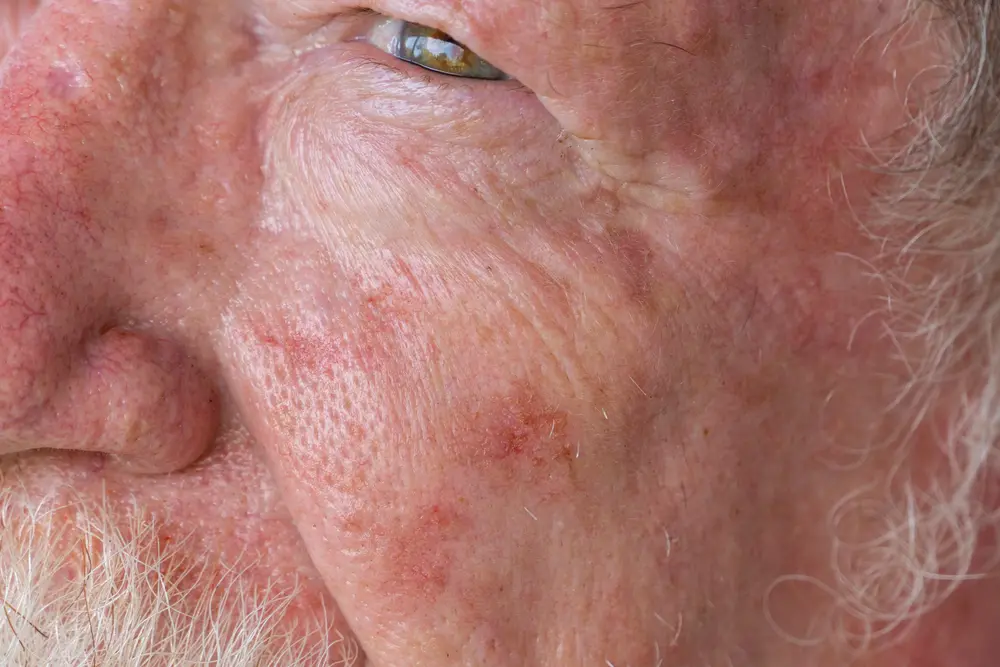Squamous Cell Carcinoma
Squamous cell carcinoma is the second most common type of skin cancer, originating from keratinocytes in the upper layers of the skin. SCC can be more aggressive than BCC, with a potential to invade deeper tissues or, in rare cases, metastasize, especially when arising on high-risk areas like the lips, ears, or in immunocompromised patients. We are committed to identifying SCC early using clinical evaluation, dermoscopy, and biopsy with histological analysis. Treatment typically involves surgical excision with Mohs surgery. Early, complete removal is critical for preventing spread and achieving optimal outcomes.



